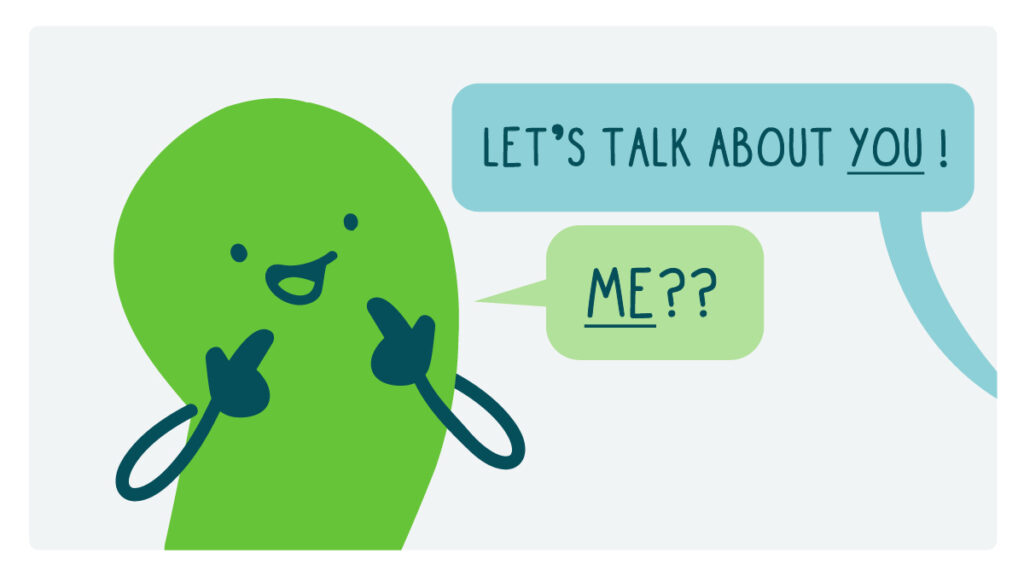
A lot is happening in the world right now, dear readers. Things are changing daily — but what hasn’t changed is our commitment to clear and inclusive communication. That’s why we’re starting a new series called “Health Comm for the Current Moment.” It’s our attempt to shine a light on the issues that move health communicators, look behind the headlines, and bring you communication tips that (hopefully) make your work just a little bit easier. So without further ado, enjoy today’s post!
Here at We ❤️ Health Literacy Headquarters, we’ve spent a lot of time on this blog sharing ways to write more inclusively about all kinds of topics — including gender identity and sexuality, family structures, and disability.
But we also recognize that using inclusive language can come with challenges — like making sure language is inclusive and clear. When you’re writing for a broad audience, it’s likely to include both people who feel affirmed and validated when they see newer, more inclusive terms — and people who feel confused, or even alienated, by the same terms. And sometimes, there might just be terms you cannot use for, err… one reason or another.
This is tricky stuff. And while there are strategies we can use — like breaking our audience into segments — to help us decide what the “right” terms are for our particular audience, we still might sometimes find ourselves in a situation where we’re not sure what to do.
That’s why today, we’re shining the spotlight on “you”!
Ahem — that is, writing in the second person and addressing your reader as “you.” Using second person phrasing is not only a plain language best practice, but a clever way we can sidestep clunky wording or unfamiliar terms while still being clear about who we’re speaking to. Consider this example:
- Instead of: It’s important for pregnant people to get plenty of rest.
- Try: If you’re pregnant, it’s important to get plenty of rest.
Some readers might not be familiar with or receptive to the term “pregnant people” — but usually, readers will know whether they’re pregnant.
Here’s another example:
- Instead of: During a heat wave, unhoused individuals can use the cooling shelter the city has set up.
- Try: If you don’t have a safe place to cool down during a heat wave, you can use the cooling shelter the city has set up.
Some readers might not be familiar with the term “unhoused individuals” — a newer alternative to “homeless people” — or might prefer a different term. By addressing the reader as “you,” we can avoid creating confusion or accidentally causing offense while still clearly conveying our message.
And, when it does feel right to introduce a newer, more inclusive term, we can still use “you” to help the piece flow smoothly. Take this example:
- Breastfeeding can help protect babies from getting sick. Some people might prefer to use the term “chestfeeding” because it feels more gender-neutral or better aligns with their identity. When you feed your baby…
Here, we’ve introduced a newer inclusive term — chestfeeding — and explained why someone might use it. Then, we’ve transitioned to using second person language to avoid potentially clunky wording (like “When breastfeeding or chestfeeding a baby…”).
The bottom line: Addressing readers as “you” is not only a plain language best practice — it’s a tool we can use to make our communications clear and inclusive when we’re writing for broad and diverse audiences.
Copy/paste to share on social (and tag us!): When we’re writing for broad, diverse audiences, it can be hard to make our communications both inclusive and clear. CommunicateHealth shares a simple tip health communicators can use to help all readers feel included: https://communicatehealth.com/wehearthealthliteracy/health-comm-for-the-current-moment-the-power-of-you/ #HealthCommunication #HealthLiteracy #HealthComm
Browse recent posts